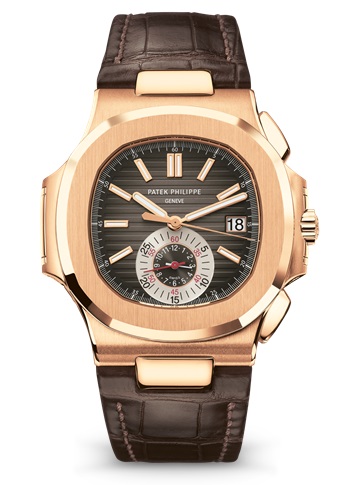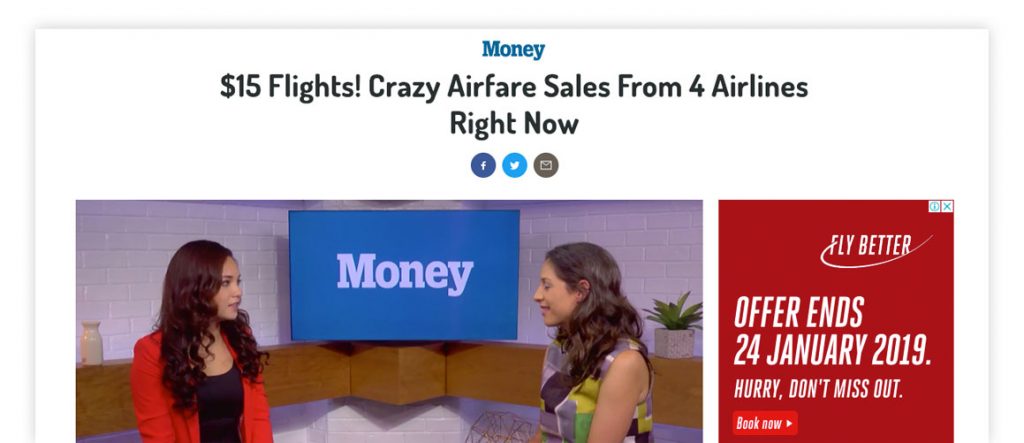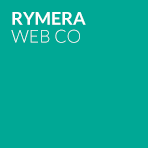
Advertising is one of those art forms that many people have a go at, but few do it really well.
If you’re a big corporate with a big budget, thats when you would pony up to hire an advertising firm that can work their magic across your campaigns.
I don’t know about you but I’m not a big corporate with a big advertising budget.
I have a fixed amount I want to spend on my marketing campaigns and I watch every dollar like a hawk because every dollar overspent is a dollar off my bottom line.
With this in mind, I wanted to put together 4 wording and “deal framing” tips that I’ve gathered over the last few years that really have a big impact on the effectiveness of coupon deals.
Did you know that wording plays a huge role in the ROI of coupon deals?
It’s often as simple as the wording you use in your ads or the way you’re framing a particular concept to a customer that can make all the difference.
I’m going to cover 4 key differences in sales wording and deal framing that you should keep top of mind for your next coupon deal that you put together.
- Loss vs. Gain
- The two types of FOMO (Fear Of Missing Out)
- Increase desire
- Shock and awe
Loss vs. Gain
Have you heard of the behavioural construct called Loss Aversion?
Loss aversion is the idea that potential losses generally have a much larger psychological impact or distress on a person than potential gains.
This is why emphasising avoiding a loss can give you a much bigger impact than emphasising a gain.
For example:
- Get $20 off
- Save $20
The first emphasises a potential gain. In a person’s mind they view this as winning something.
The second focuses on saving something, meaning they aren’t going to save it if they don’t take up the deal. This potential loss of $20 triggers loss aversion and therefore makes it more like they’ll take up the deal.
So in the next ad that you write for whatever platform you’re using, try triggering loss aversion with your ad copy and see if its increases your sales.
FOMO (Fear Of Missing Out)
No-one likes to miss out on something. It feels horrible.
Smart advertisers use FOMO or the Fear Of Missing Out in strategic ways when they are putting together a deal.
This also plays into the loss aversion principle as well.
So how do you increase FOMO? There’s two ways.
The first way is what I call a “soft” deadline.
You might have seen this technique used on late night infomercials where the guy offers a free set of steak knives but only to the first 100 callers.
That is a soft deadline in action. If you miss out on being one of the first 100, you won’t get your steak knives, because they’ll all be gone.
People also use this when advertising courses, restaurant placements, special events, etc. “Only 100 seats!”, “Limited to 80 people”, “Due to venue restrictions we can only accept 200 people”, “Only 3 spots left!”
I used this personally with a relaunch campaign of a product to re-activate old customers who had purchased before. I gave a steep discount, but limited to only the first 100 people who claimed the discount. It worked like crazy.
I also followed it up with a second communication saying that the final spots were almost gone and they better hurry up and claim it if they want it. That second communication triggered a massive rush to purchase because the fear of missing out on the discount was so strong.
The second way is what I call a “hard” deadline.
This is the most common way to trigger FOMO in your prospects and you see it used all the time.
Simply set a hard deadline for the sale and warn them that there’s no way to claim it after that time. It’s a strictly limited offer with a hard deadline.
“Sale ends strictly on Sunday Midnight, no rainchecks.”
“This once a year sale ends on Friday, you’ll have to wait another year!”
A hard deadline gives people a chance to think about it, but note the actual deadline.
For this to work, I suggest keeping the timeframes short. The shorter the better because it increases that FOMO feeling.
Increase Desire
Increasing someone’s desire for an object is one of marketing’s key jobs.
If you’re a marketing major playing along at home, you’ll recognise this as the ‘D’ from the A.I.D.A. model, an acronym that stands for Attention Interest Desire Action.
Attention – The consumer becomes aware of a category, product or brand (usually through advertising)
Source: Wikipedia
↓
Interest – The consumer becomes interested by learning about brand benefits & how the brand fits with lifestyle
↓
Desire – The consumer develops a favorable disposition towards the brand
↓
Action – The consumer forms a purchase intention, shops around, engages in trial or makes a purchase
Increase the desire for something and it makes it a lot easier for you to convince them to take Action (the final step in the AIDA model).
It’s all about helping your customer develop a favourable view or disposition to your product or brand.
You can do this in coupon deal advertising by how you word your deal.
For example:
“40% off all jewelry” vs. “Up to 40% off select rings, bracelets and necklaces”
The wording gives the impression that there are a number of hand selected, special items that this deal applies to. It also lends itself to making those items feel more exclusive due to the “selection” process.
Putting special conditions on your deal can also help to increase it’s exclusivity.
For example, in this story on Forbes, we learn about a famous watch maker called Patek Philippe who retail a wrist watch for over $1,000,000.

Yes, you read that right. $1m.
But it doesn’t stop there. You can’t actually buy the watch, even if you did have $1m in your wallet. There is a special condition attached to purchasing it.
You have to write to the CEO and explain why you are worthy of owning such a watch.
And by doing this, they change their position from them trying to sell you a watch to you trying to convince them to sell it to you.
The third and final way I’ll discuss to increase desire is with the non-verbal cues to give your customer. Beyond what you write, there is a lot left unsaid that is said in the mind of the customer, often in the instant they see your ad.
Imagine for a second that same watch dealer selling their watches by showing an every day man or woman wearing it. Someone wearing jeans and a $10 shirt isn’t going to communicate the same value as someone wearing the watch who looks the part.
If you want to sell a $1m watch, you need to stoke desire, and to stoke desire, you need to sell the $1m dream.
While we’re not all selling million dollar watches, the same principle can be used across cateogries.
Selling a kitchen appliance? Imagine a well organised kitchen and a happy smiling family enjoying the benefits of that appliance. You too could be that family!
Selling a hunting knife? Imagine a serious looking bush ranger, someone who would have a real need for a knife like that when they’re out in the wild. This knife would be his most used tool. You could be that bush ranger if you had that hunting knife!
Desire is in the eye of the beholder. Think about what stokes desire in your audience.
Shock And Awe
The last tool I’m going to give you is something I like to call “shock and awe”.
When you put together a deal, you need some aspect of it to completely shock your customer into thinking you must be a bit crazy to do that kind of thing.
Awe is what happens when you achieve this.
For example check out this news article from Time’s Money magazine.

This is an actual news outlet posting about cheap air tickets at prices that are simply unbelievable.
It’s so shocking that a news outlet picked it up and ran it as a story!
What can you do in your next campaign to create the shock and awe moment where something is just so unbelievable that people simply have to pay attention to it.
Shock and awe should be engineered into your deal to be absolutely jaw dropping. To truly get it to work, it needs to leave them muttering the phrase “OMFG” under their breath, like they just can’t believe its true.
Wrapping Up
So to recap on our 4 wording and framing tips:
- Leverage loss aversion (Loss vs. Gain)
- Trigger FOMO (Fear Of Missing Out)
- Introduce exclusivity (Increase Desire)
- Make them say “OMFG” (Shock and awe)
You might be able to hit on all of them in some way or you you might focus just on one or two of the techniques.
But, whatever you do, don’t leave them out in any of your campaigns going forward.




